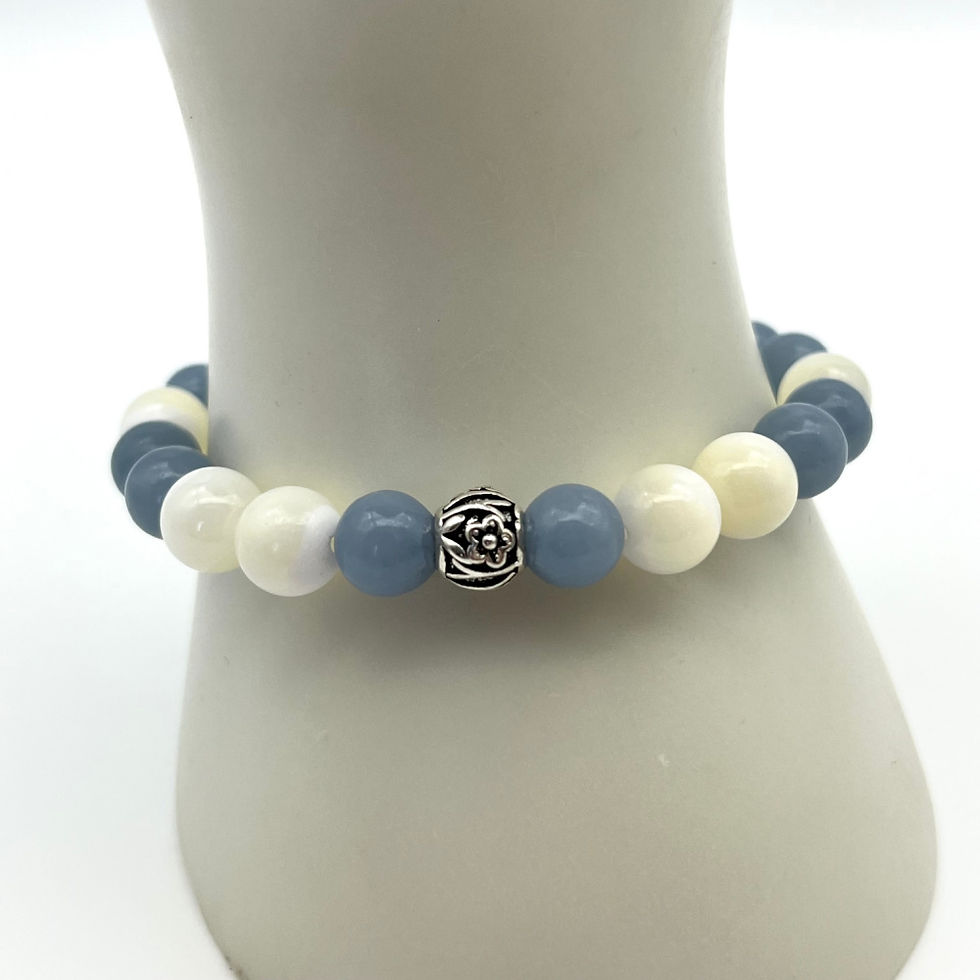Collaborative post
When welcoming a newborn into the world, you’ll likely find that you have 101 things to do before the big day comes. For example, you may find your nose buried in parenting book after parenting book, spend hours practising changing diapers, or even simply baby-proofing your home.
You’ll also be tasked with designing your little one’s nursery or bedroom. As a concept, this sounds relatively straightforward, but unlike their older siblings, they aren't going to give you any input on the steps you can take to decorate your child's room. For example, if you were creating your little girl’s dream bedroom when they’re a little older, you can feature their favourite colours or TV characters.

Furthermore, your baby’s needs are much more complex when they are younger, meaning that you have to work a little harder to ensure you create the perfect, nurturing space for them.
With that in mind, here are some top tips that you can use to create the perfect nursery for your newborn!
Set a budget.
The first step toward pulling off a successful renovation project is setting a budget. This will help you to avoid overspending, which is particularly important when caring for a newborn (spoiler alert: babies are expensive). If you’ve got little experience with budgeting, don’t worry. You can make a simple budget on Google sheets and use this to keep you in check.
Once you know how much money you’re able to spend, you’ll also be able to find ways to cut back on your spending or save money. For example, you may be able to buy some items second-hand for a fraction of their original price. To do this, it's best to join online parenting groups, as many parents will sell things they no longer need as their children grow.
Choose the right colours.
According to psychologists, the colours featured within your baby’s room could impact their mood. As a result, you should think carefully about the best colors to feature in your nursery. For example, pale or pastel shades of blue are known to have a significant calming effect, meaning they can make the space feel much more relaxing. This means they could be a great way to ensure your little one gets a good night's sleep (which also means you can get more sleep, which never goes amiss).
Make sure you have the right furniture.
There are various different types of furniture that should feature in your child’s nursery, aside from the basics such as a cot and changing table. For example, whether you are planning on breastfeeding your child or using formula, you should make sure you buy a nursing chair. This is essential for your comfort and theirs, especially if they wake up frequently within the night for a feed. They’re also a space where a great deal of parent-child bonding occurs.
Thankfully, they can still be stylish as well as practical, meaning you don’t have to sacrifice your creative vision for your comfort. You can find out more about how to choose a nursing chair here.
Create a stimulating environment.
When designing your nursery, you must also try to design a space that is stimulating for your child and helps them develop their senses. This is because ‘exposing your infant to these brain-building stimuli helps them make sense of the external world.’ Thankfully, there are various ways you can achieve this goal.
For example, hanging a mobile above their cot can provide excellent visual stimulation for their child, giving them something to focus their attention on. This means it can also keep them entertained should they wake up in the night. As they start to reach for the mobile, it can also help with their hand-eye coordination. You should also ensure that you fill the rest of the space with age-appropriate toys.
Keep it clean and organized.
It goes without saying that in order to protect your little one, their room should be clean, organized, and clutter-free. For example, if you’re keeping their changing table or mat in the bedroom, you should make sure you have an appropriate diaper bin in place that will keep any unpleasant germs (and smells) away. You should also clean the space regularly.
To combat clutter, you should invest in a variety of different storage solutions, such as toy chests and shelves. This will be particularly important when your child is learning to walk, as you don’t want them to have to weave their way in and out of the clutter.








.png)





































